
Controls & Transformers
Questions and Answers
Slope time can either be upslope or down slope as shown in the diagram below. Both are considered distinct segments of but part of the total weld time.
Upslope is a term to describe the beginning a weld cycle when the current is gradually increased from some lower value to a higher value over a period of time usually 3-10 cycles in standard AC welding. At the end of the upslope period then normally the full desired weld current is applied for the desired length of time.
Many transformers are manufactured with a core made by stacking sheets of magnetic permeable steal. This is common for large machine press welder transformers. This type of transformers can be manufactured into large transformers for a large application like 500 KVA.
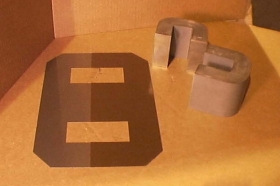
Typical Stacked and Wound Core Steel Transformer Components
Wound cores are used for robotic weld gun transformers. They allow for higher outputs with smaller weight and sizes.
The actual core material used for the transformers in these applications can vary by the transformer manufacturer and design. Contact the manufacturer for information on the material used in the core.
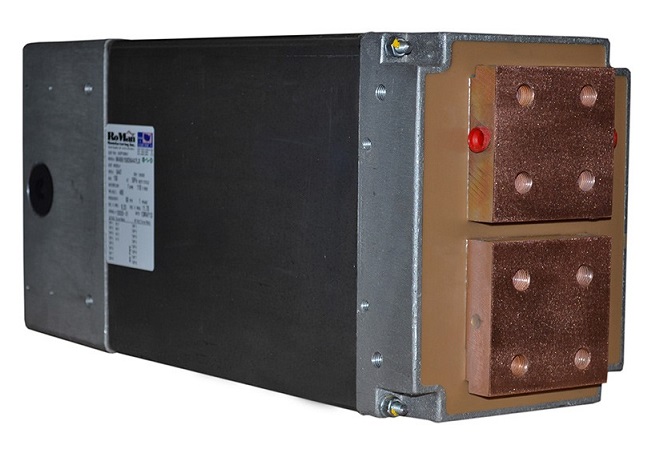
Machine Type Transformer
Reference: RWMA Resistacne Welding Manual, Chapter 19
Roman Manufacturing Inc.
The first step to identify a transformer is to look at the label on the transformer. Common North American transformers are labeled with part numbers:
AC – TXXXXXX
MFDC – TDCXXXXX
DC – DCXXXXX
If the label is not present then you could evaluate the transformer visually and electrically.
AC Transformers would have a 480V single phase input and a secondary single phase of 5- 24v, 60Hz output.
MFDC Transformers would have a 650V input @1000 Hz and an output of 5-24v at 1000 Hz.
DC will be three distinct transformers, one per phase. Each is substantially larger than an AC transformer. The input is 480V @ 60 Hz. The output is 5- 24v @ 60 Hz.
If you are not sure, take a picture of the product and send it to your supplier for help in identifying your transformer.
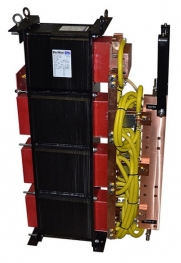
DC Transformer
Reference: RWMA Manual Chapter 19
Roman Manufacturing Inc.
A transformer has no moving parts. Yet it can convert voltage and current to different levels – HOW? In resistance welding high voltage/low amperage input are converted it into low voltage/high amperage output.
This conversion is made by winding two separate conductors around a common iron core. Applying an alternating voltage to the primary conductor produces current which sets up a magnetic field around itself. This is known as mutual inductance.
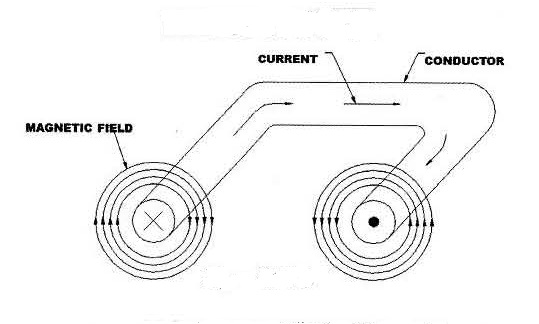
The magnetic field in the primary conductor creates lines of magnetic flux in the iron core. This magnetic flux in the core is what links the turns of the two windings. When the lines of the magnetic flux flow around the core, they pass through the turns of the secondary conductor inducing a voltage on the secondary winding. This secondary voltage is what produces the welding current based on Ohm’s Law.
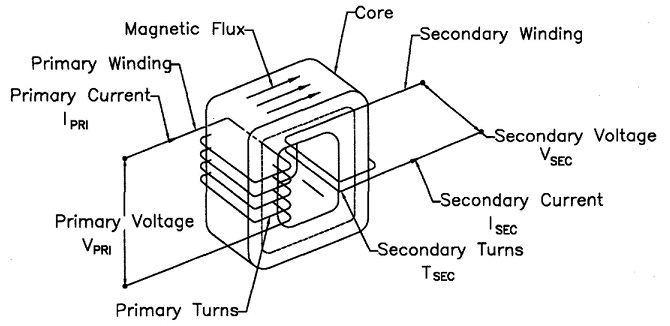
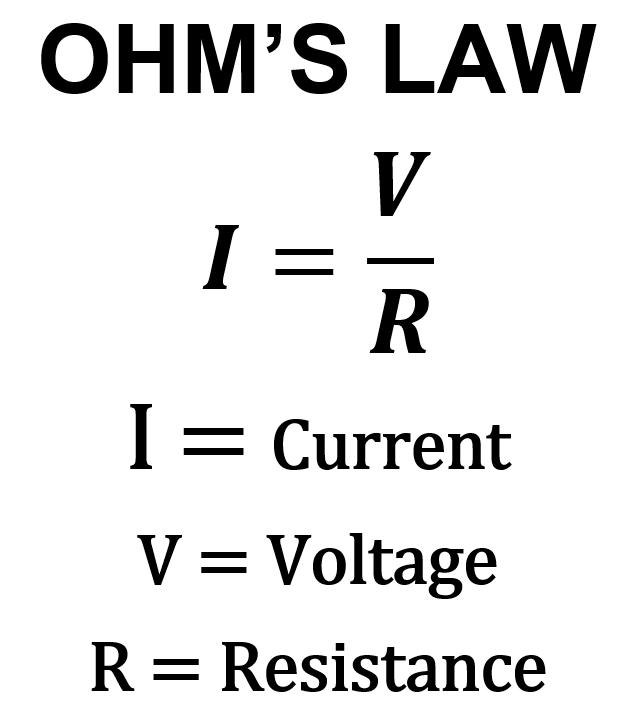
In resistance welding the heat is generated according to Joules Law:
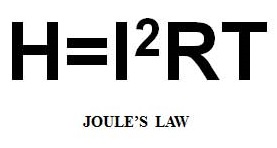
This dictates that relatively large currents will be passed through the weld joint to form the weld nugget. In order to do this economically and safely a transformer is used. The transformer’s function is to take a high voltage low amperage input and convert it into personnel safe low voltage high amperage output. The high amperage output is used to generate the heat defined in Joules Law.
After the math is worked out:

Primary voltage times the primary amperage will equal the secondary voltage times the secondary amperage.
Through this system the power company is able to economically deliver the high voltage/low amperage power for conversion by the transformer to low voltage/high amperage welding power.
The secondary reason to reduce the voltage is to make it safe for people to be around. The secondary voltage of the transformer generally runs from 2 – 25 volts. This is safe for personnel to be around in the secondary. Proper grounding of all machines is still required. The control has high voltage inside and should be restricted to authorized personnel.
It is the transformer that enables us to deliver safe high energy power to the resistance welder to make resistance welds.
Reference: RWMA Manual Chapter 19
AWS J1.2:2016
Roman Manufacturing Inc.
Page 18 of 39
Have a Question?
Do you have a question that is not covered in our knowledgebase? Do you have questions regarding the above article? Click here to ask the professor.
